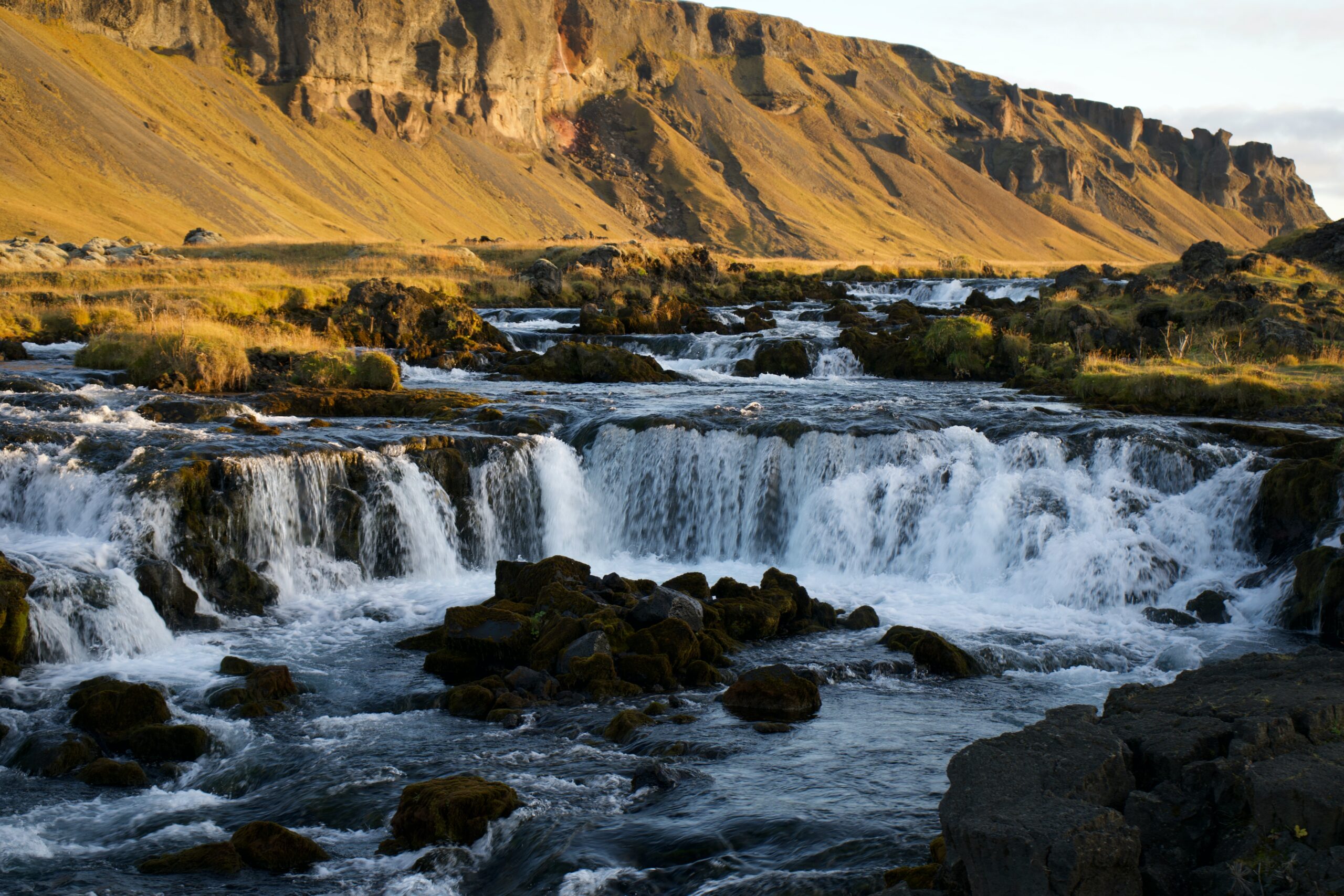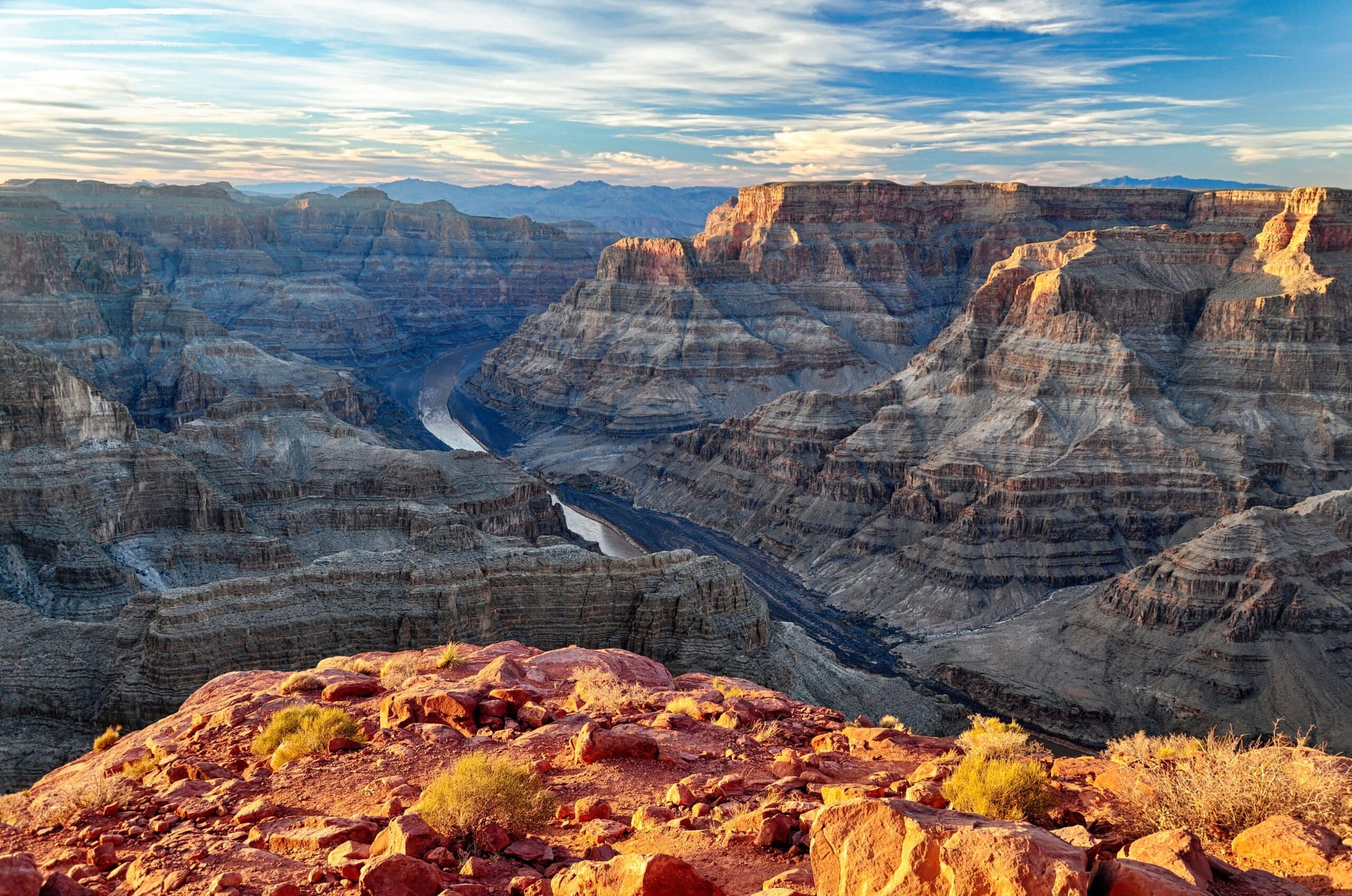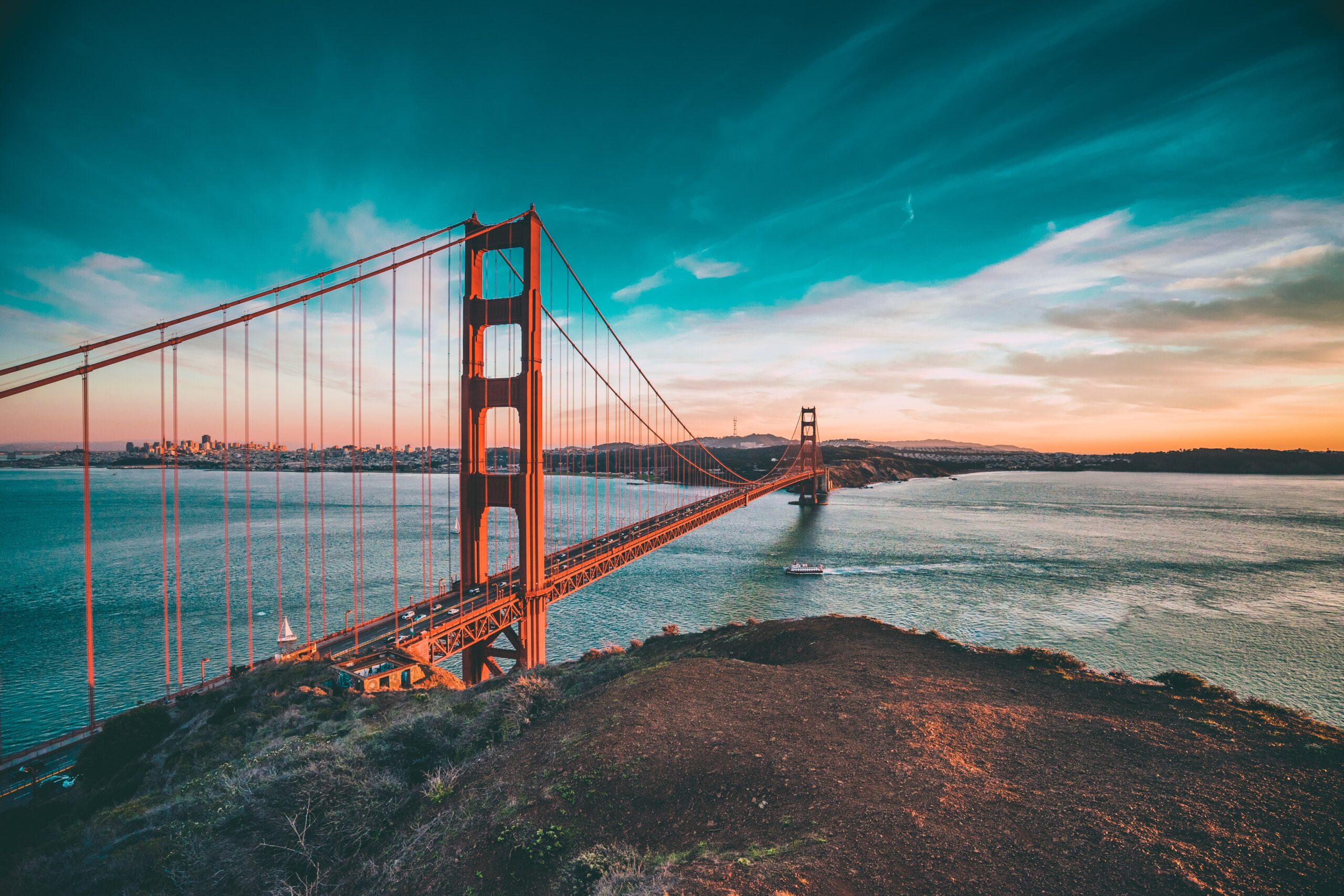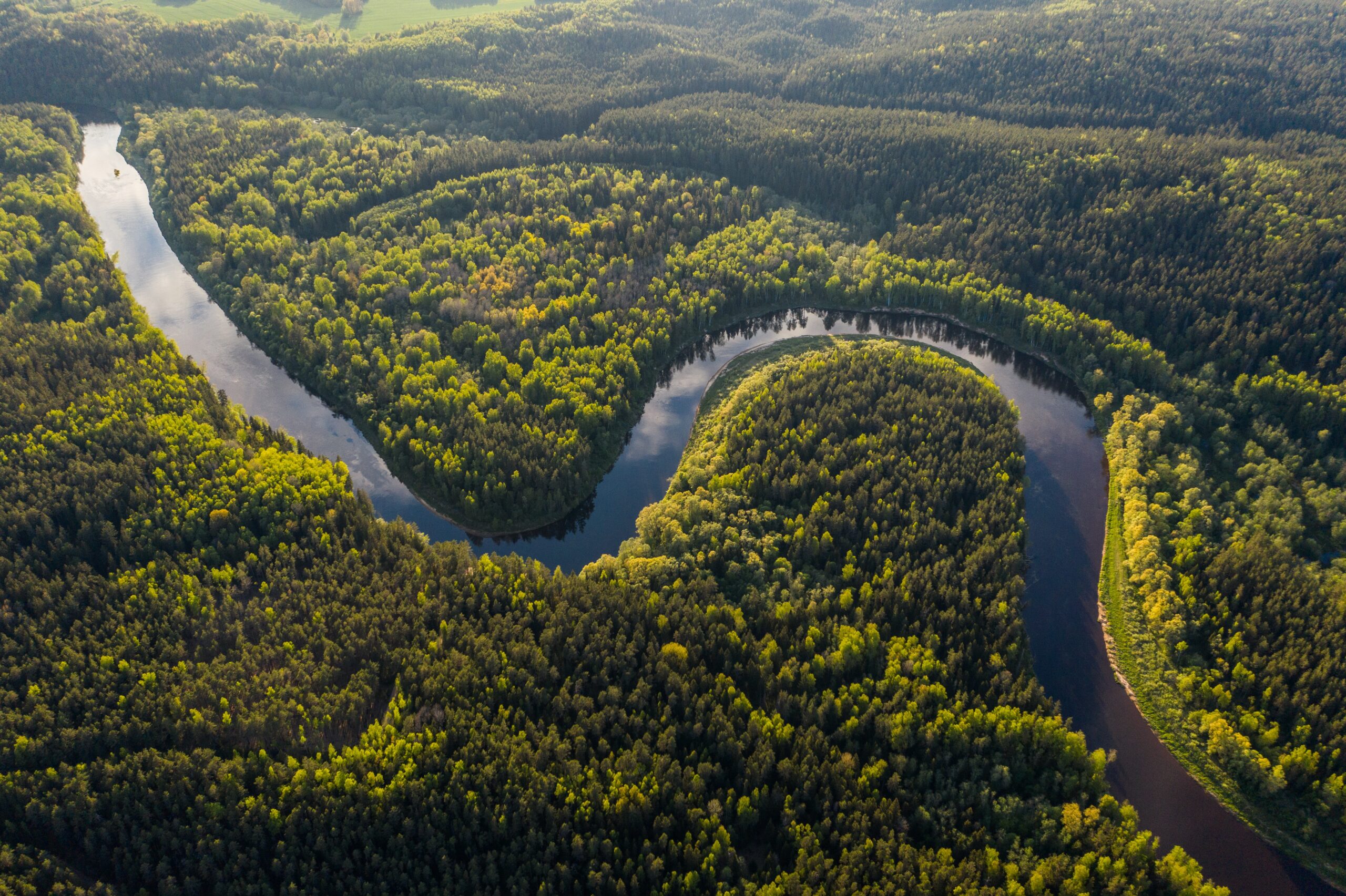How Long Is the Iceland Ring Road? | Complete Distance Guide

Embarking on a road trip in Iceland unveils the perfect marriage between the country’s captivating landscapes and the sheer joy of driving. The Ring Road, encircling the Nordic gem, conveniently traverses a multitude of iconic attractions, simplifying the planning of itineraries spanning 5, 7, or 10 days to encompass Iceland’s most renowned sites. Yet, the pivotal question remains: how long does it take to drive around Iceland? Is a week sufficient, or is a more extended timeframe necessary? Additionally, what are the speed limits in Iceland? Beyond mere curiosity about the Ring Road’s length and driving distances, the overarching concern often revolves around the time required to truly experience Iceland—a distinct inquiry that warrants exploration.
- How Long Is the Iceland Ring Road? | Complete Distance Guide
- How Much Time Do You Need to See Iceland?
- How Long Does It Take to Drive Around Iceland’s Ring Road?
- Can you do the Ring Road in 7 days?
- Can I Drive the Iceland Ring Road in Winter?
- How much does it cost to drive the Ring Road in Iceland?
- What is best month to visit Iceland?
Iceland’s primary thoroughfare, Route 1, also known as the Ring Road, spans approximately 828 miles (1,332 km). This two-lane road boasts nearly 100% asphalt coverage, meandering through a diverse array of landscapes. The Ring Road unfolds with twists, turns, and expanses, offering glimpses of everything from enigmatic volcanic fields to cascading fjords and charming coastal hamlets. Maintaining a speed limit of 55 mph (90 km/h) for the majority of the journey, the calculation for circumnavigating Iceland theoretically yields a completion time of 14-15 hours. It’s essential to note that this estimated driving duration for the Ring Road is contingent on certain assumptions.
How Much Time Do You Need to See Iceland?
This delves right into the core of the matter. If you’re pondering the duration of a drive around Iceland, chances are you’re truly interested in understanding how long you should immerse yourself in the Icelandic experience. So, how much time is ideal to genuinely explore Iceland? Well, it varies; some visitors spend five days, while others extend their stay to a month. Those fortunate enough to have an ample number of vacation days can thoroughly savor their journey along the Ring Road, delving deep into the country’s essence.
In my estimation, a minimum of seven or eight days offers the opportunity to explore all the major attractions along the Ring Road. While you might not cover everything (the Diamond Circle alone could take three or four days), you’ll encompass the majority of tours and attractions during this timeframe.
How Long Does It Take to Drive Around Iceland’s Ring Road?
Determining the duration to drive around Iceland’s Ring Road is much like addressing many aspects of life: it’s subjective. The time required can span from a mere 15 hours to an entire month, contingent on your individual preferences, travel approach, priorities, and the specific experiences you seek from your Icelandic journey. What’s unequivocal is that, whether your visit lasts five days or extends to five weeks, you are bound to encounter a once-in-a-lifetime adventure in this breathtaking country. Iceland, celebrated for its natural splendor and geological marvels, eagerly awaits your exploration.
Can you do the Ring Road in 7 days?
The Iceland Ring Road stands out as a sought-after route for road trips, prompting various tour companies to offer diverse excursions, ranging from a few days to extended weeks. We strongly recommend dedicating a minimum of 6 days for a comprehensive Ring Road tour, ideally extending to 7 days or even 2 weeks for an enhanced experience.
For a well-rounded experience, consider options like this 8-day tour, another 8-day tour, or explore an 8-day tour with G Adventures.
In situations where time is limited, there’s a concise 6-day tour, as well as a similar 6-day tour that covers the highlights efficiently.
When evaluating different tours, exercise diligence in examining what is included and what isn’t. While a tour may carry a higher price tag, it could offer better value if it includes all meals, considering the relatively high cost of food in Iceland.
Additionally, carefully assess which attractions or experiences are covered within the tour price. This scrutiny ensures a more informed decision tailored to your preferences and priorities.
Can I Drive the Iceland Ring Road in Winter?
While embarking on a winter journey along Iceland’s Ring Road is feasible, it’s generally advised against. The unpredictable nature of road conditions, coupled with potential closures of sections of the Ring Road during winter, may necessitate retracing your route, impacting the fluidity of your trip. Unfavorable weather, especially during storms, can significantly disrupt your travel plans.
Moreover, the limited daylight hours in winter diminish the time available for sightseeing. In contrast, the summer months offer extended daylight hours, courtesy of the midnight sun, allowing for more immersive sightseeing experiences.
For an optimal journey, it’s advisable to plan your trip between late April and October. If you opt for late September or October, you may also witness the enchanting display of the northern lights. No special arrangements are needed—simply find a location free from artificial light sources, hope for clear weather, and gaze skyward.
While winter in Iceland has its unique allure, we don’t recommend driving the entire Ring Road during this season. Instead, consider exploring our 7-day Iceland winter itinerary, designed to offer the best winter experience while driving on your own.
For comprehensive guidance on winter driving in Iceland and packing essentials, refer to our guide on driving in Iceland in winter and what to pack for Iceland in winter.
Alternatively, a stress-free option is to embark on a guided tour, such as this one. Entrust the logistics of planning and driving to someone else, allowing you to relish the journey without concerns about navigating challenging winter conditions.
How much does it cost to drive the Ring Road in Iceland?
Fuel: As you traverse Route 1 in Iceland, fueling stations are scattered across the landscape. However, it’s advisable to refuel whenever the opportunity arises, especially in preparation for unpredictable weather conditions. Fuel in Iceland comes at a relatively high cost, averaging around $7.50-8.00 per gallon. Travelers should budget approximately $300 (USD) in total for the entire route. Notably, many gas stations, even those in rural areas, go beyond merely providing fuel—they also offer basic groceries, pre-made sandwiches, and hot soups.
Groceries and Essentials: To adequately stock your campervan with provisions before setting out, make a pit stop at any supermarket on your way out of Reykjavik. The local Bónus chain proves to be a comprehensive source for all your journey’s necessities. It’s not only a prime spot for gathering food supplies but also an excellent resource for other road trip essentials. Although Route 1 is a well-traveled path, certain sections remain remote, lacking amenities like running water (including toilets). Consequently, it’s prudent to stock up on essentials such as toilet paper and bottled water.
What is best month to visit Iceland?
When considering the optimal time for a visit to Iceland, it boils down to your preferences and planned activities. For those eager to witness the enchanting Northern Lights, the period between September and March is ideal. On the other hand, if you’re drawn to summer activities and the allure of extended daylight hours, planning your visit between June and August is recommended. While the choice may hinge on your specific itinerary, the consensus tends to favor the summer months as the prime time to explore and experience the diverse wonders that Iceland has to offer.




